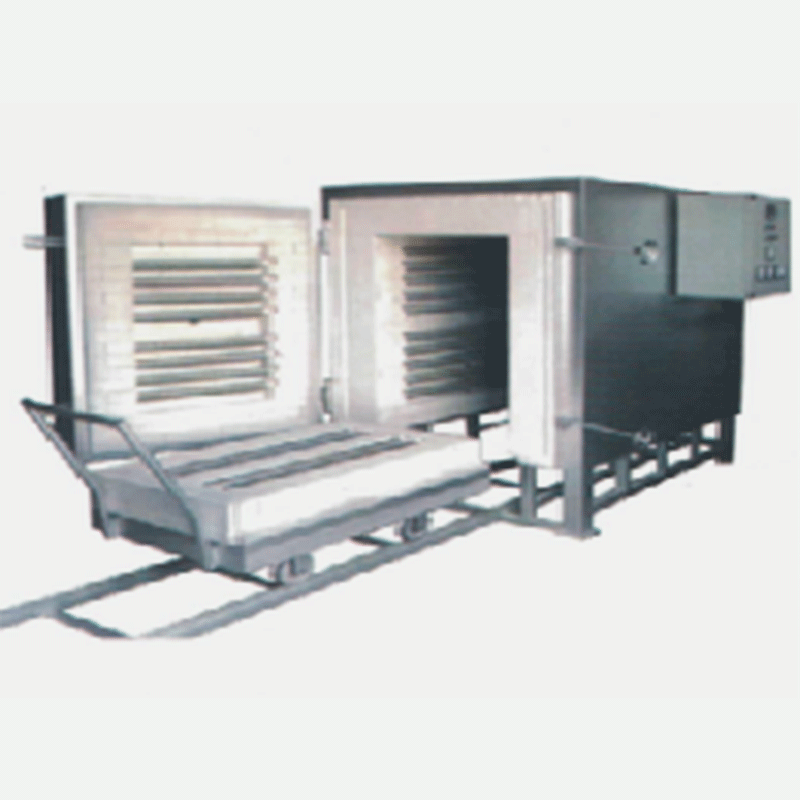Working Principle and Application of Thermogravimetric Analyzer
Thermogravimetric analyzers can measure the mass change of a substance during heating, thereby analyzing the thermal stability of the material. It is widely used in many fields such as materials science and physics. This article mainly introduces the working principle and application of thermogravimetric analyzers.
I. Working principle of thermogravimetric analyzer
Thermogravimetric analyzer mainly consists of the following parts: balance, heating furnace, temperature control system, atmosphere control system, data acquisition and analysis system. The basic principle of thermogravimetric analyzer is to measure the mass change of the sample during heating by a precision balance. The sample is placed in a controlled heating environment. As the temperature rises, the sample will undergo physical and chemical changes, such as volatilization, decomposition, oxidation or reduction. By recording the curve of the sample mass changing with temperature (thermogravimetric curve), information such as the thermal stability, composition and decomposition characteristics of the sample can be obtained.
II. Application of thermogravimetric analyzer
1. Materials science
(1) Polymer materials: In polymer research, thermogravimetric analyzers are used to evaluate the thermal stability, decomposition temperature and residual mass of polymers. Through thermogravimetric analysis, the thermal degradation behavior of polymers at different temperatures can be determined, thereby guiding the modification and application of materials.
(2) Composite materials: Composite materials are usually composed of multiple components. Thermogravimetric analysis can help study the thermal stability and decomposition characteristics of their components, understand the mass changes of each component during the heating process, and optimize the formulation and manufacturing process of composite materials.
2. Chemistry and physics
(1) Inorganic compounds: Thermogravimetric analyzers are used in inorganic chemistry to study the thermal decomposition process of compounds such as metal oxides, carbonates and sulfates. Through thermogravimetric analysis, the decomposition temperature and products of these compounds can be determined, providing important thermodynamic data for inorganic chemical reactions.
(2) Catalyst research: In catalyst research, thermogravimetric analysis is used to evaluate the thermal stability of catalysts and the content of active components. Thermogravimetric analysis can help understand the deactivation mechanism of catalysts under reaction conditions and provide a reference for the design and improvement of catalysts.
3. Environmental science
(1) Solid waste treatment: Thermogravimetric analysis is used to study the thermal decomposition characteristics of solid waste and evaluate the feasibility and efficiency of different waste treatment methods. For example, the thermal decomposition behavior of garbage during garbage incineration can be studied by thermogravimetric analysis to help optimize the incineration process.
(2) Soil and sediment analysis: Thermogravimetric analyzers are also used to analyze the organic and inorganic content in soil and sediment, study the thermal decomposition behavior of soil organic matter, and provide a scientific basis for environmental pollution control and soil remediation.
Mastering the working principle and application method of thermogravimetric analyzers is of great significance for scientific research and engineering practice. By continuously improving and applying thermogravimetric analysis technology, researchers can have a deeper understanding of the thermal properties of materials and promote the development and innovation of related fields.
Recommended Products
Hot News
-
The trusted choice of African mining giants! Nanyang JZJ Testing injects refined "core power" into Zimbabwe's gold mining industry.
2025-12-08
-
Working principle and application range of ambient temperature abrasion tester
2025-11-07
-
The main reagents used in fire assay and their functions
2025-10-13
-
Let you know about fire assay ash blowing furnace
2025-09-23
-
Refractoriness under load (RUL) and creep in compression (CIC) testing machine common troubleshooting
2025-08-25
-
How to use X-ray fluorescence fusion machine in refractory industry?
2025-08-18
-
What materials are suitable for high temperature muffle furnace testing?
2025-08-14
-
Working together to create a better future: Indian partner Ants Prosys visits JZJ Testing's production base
2025-08-04
-
Automatic mold melting machine - innovative equipment to improve experimental efficiency
2025-07-22
-
Operation method and precautions of high temperature expansion instrument
2025-07-14

 EN
EN
 AR
AR
 BG
BG
 FR
FR
 DE
DE
 HI
HI
 IT
IT
 PL
PL
 PT
PT
 RU
RU
 ES
ES
 TL
TL
 IW
IW
 ID
ID
 UK
UK
 VI
VI
 TH
TH
 TR
TR
 FA
FA
 MS
MS
 UR
UR
 BN
BN
 KM
KM
 LO
LO
 PA
PA
 MY
MY
 KK
KK






















